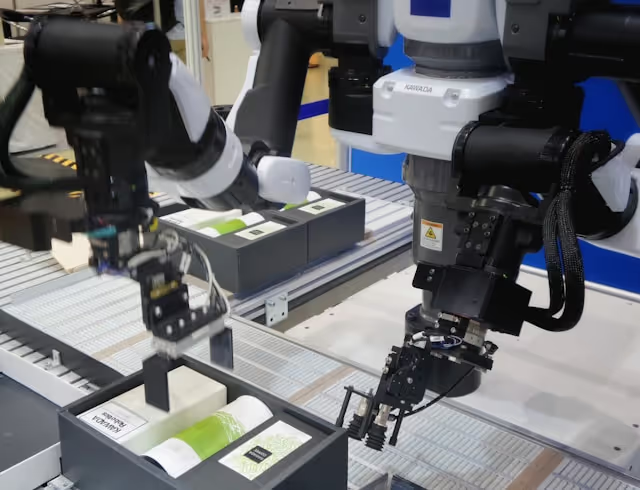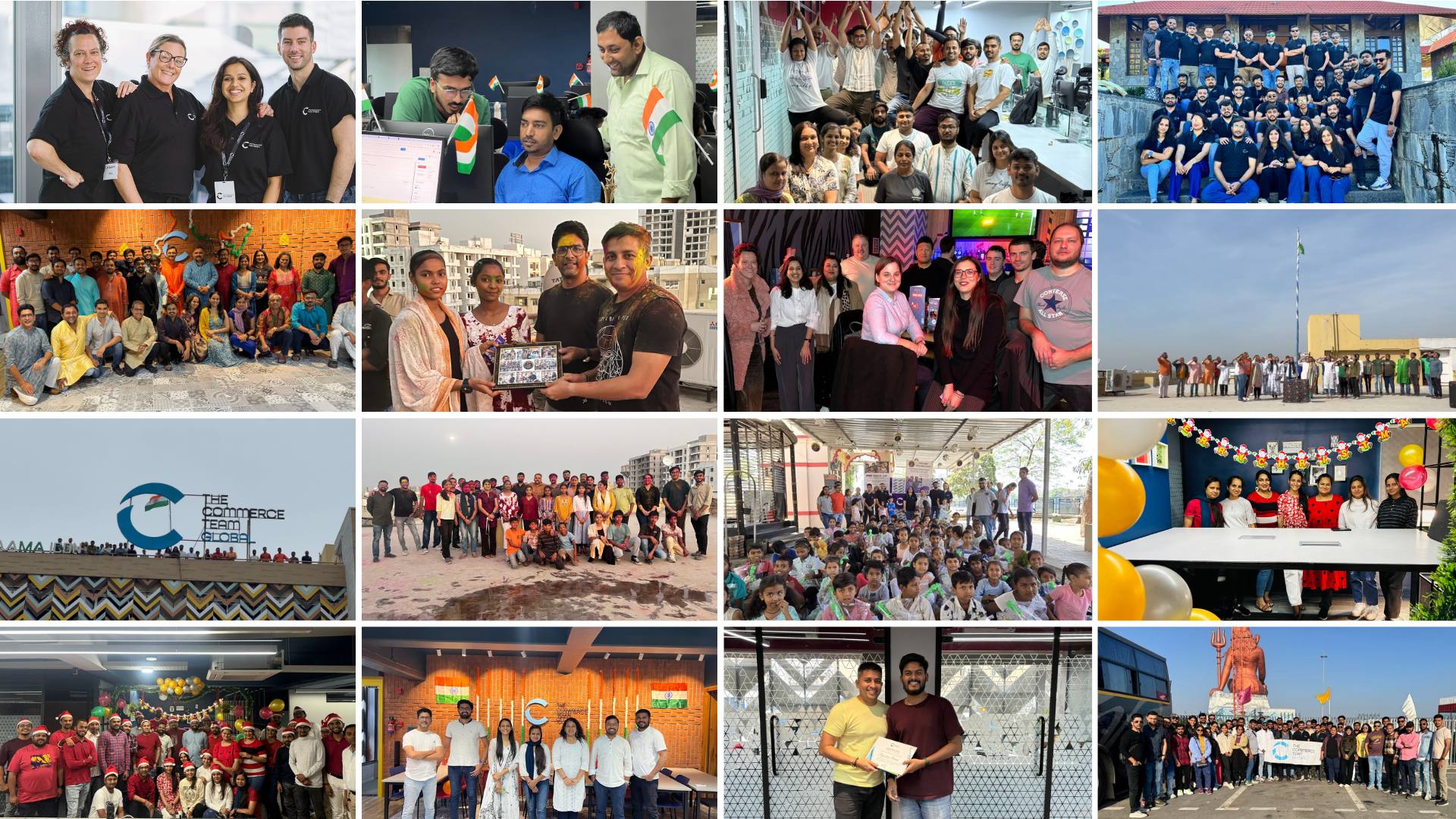
Top 5 E-commerce Technology Trends for 2025
As we reach the halfway point of 2025, e-commerce is entering a new era of tech-driven growth. From AI-driven personalisation to robotics in delivery, here are the top five e-commerce technology trends shaping 2025, according to our e-commerce experts.
1. AI-Powered Personalisation and Automation
Artificial intelligence has become a cornerstone of modern e-commerce, powering everything from personalised product recommendations to virtual shopping assistants. Retailers are investing heavily – a recent survey found U.S. and European e-commerce companies spent an average of $403,000 in the past year on AI customer experience tools, with 97% reporting a positive ROI.
AI is solving real pain points by analysing customer data, automating customer service with chatbots, and optimizing inventory behind the scenes. Major brands have been quick to leverage generative AI – for instance, Walmart’s new “Wally” AI assistant helps merchants analyse sales data, and L’Oréal uses advanced AI models to aid in creative marketing work.
We are seeing that AI is now hitting mainstream adoption with no signs of slowing down, offering more and more solutions readily available.
2. Flexible Payment and Checkout Innovations
The payment landscape in ecommerce has been evolving for several years. Digital wallets are gaining further traction (weekly usage topped 20% of consumers in the UK and Germany in 2024) and shoppers increasingly expect to pay with a tap on their phone or a click on their smartwatch. At the same time, “Buy Now, Pay Later” (BNPL) options continue their boom – the global BNPL market is projected to reach $576 billion this year as consumers embrace spreading payments over time.
To reduce friction at checkout, we are helping merchants integrating a variety of payment methods, from Apple Pay and Google Pay to instalment plans and even cryptocurrency in some cases. Security and convenience are paramount: features like one-click checkouts, biometric authentication, and instant financing approvals (for both consumers and business buyers) are now standard.
.avif)
3. Smart Logistics and Fulfilment Automation
Same-day and even instant delivery services could account for roughly 20–25% of orders by this year, driving companies to reinvent their fulfilment operations.
Retailers are investing in micro-fulfilment centres located closer to customers and deploying advanced robotics in warehouses to accelerate picking and packing. Amazon’s network, for example, uses over 750,000 robots to move and sort goods, enabling higher throughput and lower costs. Automated systems and AI-driven forecasting tools analyse demand patterns to ensure products are in the right place at the right time.
Last-mile logistics is also seeing innovation, from drones and autonomous delivery robots being piloted in cities to route-optimisation software reducing transit times. For both retailers and B2B distributors, these technologies improve efficiency and scalability – fulfilling the modern consumer’s expectation of getting what they want, when they want it.

4. Composable Commerce and Platform Agility
We have spoken with many organisations who are now in the process of upgrading their e-commerce platforms to be more modular, agile, and future proof.
In 2025 we are seeing more businesses that are embracing composable commerce. This approach (often leveraging headless, API-driven architecture) lets companies innovate faster and tailor shopping experiences without being locked into a single vendor’s platform. After many years of being locked into legacy systems, enterprise retailers now prioritise flexibility: in fact, AI capabilities and adaptability top the list of features brands look for when evaluating new ecommerce platforms. See how we helped Graham & Brown go fully composable on BigCommerce.
At the same time, B2B companies are aggressively investing in digital commerce as well – with 83% of B2B firms planned to increase their digital spending year on year – aiming to deliver the kind of customer-centric online experiences that consumers expect.
5. Immersive and Social Shopping Experiences
E-commerce has become more immersive and interactive, blurring the line between online and in-store experiences. Augmented reality (AR) and virtual reality (VR) tools let shoppers visualize products in their environment or “try on” items virtually – from seeing a couch in their living room to virtually modelling a pair of sunglasses.
By the end of this year, over 100 million people in the US (nearly one-third of the population) are expected to be regular AR users, and major retailers report that AR try-on features increase buyer confidence and reduce return rates. In parallel, social media platforms have transformed into key e-commerce channels. Last year, about 110 million U.S. consumers made purchases through social networks as one-click checkouts and live shopping streams on apps like Instagram, Facebook, and TikTok made it seamless to shop while scrolling.
These social commerce experiences blend entertainment with instant purchasing, creating new opportunities for brands to engage customers (often led by influencers and real-time interaction). While especially powerful in consumer retail, even B2B firms are experimenting with AR for product demos and leveraging platforms like LinkedIn or industry-specific networks for social selling.
.avif)
The e-commerce landscape is now more intelligent, agile, and customer-centric than ever. The pace of change is only accelerating. Business leaders who strategically harness these innovations – from AI and automation to new payment, platform, and immersive experience technologies – will position their businesses to thrive in an increasingly digital and competitive marketplace.
If you are looking for more insights and thoughts look here. The Commerce Team Global would love to discuss. Whether you’re a retailer or partner we would be happy to hear your views. Get in touch with us:
Contact: info@thecommerceteam.com
Follow us: LinkedIn

.jpg)

